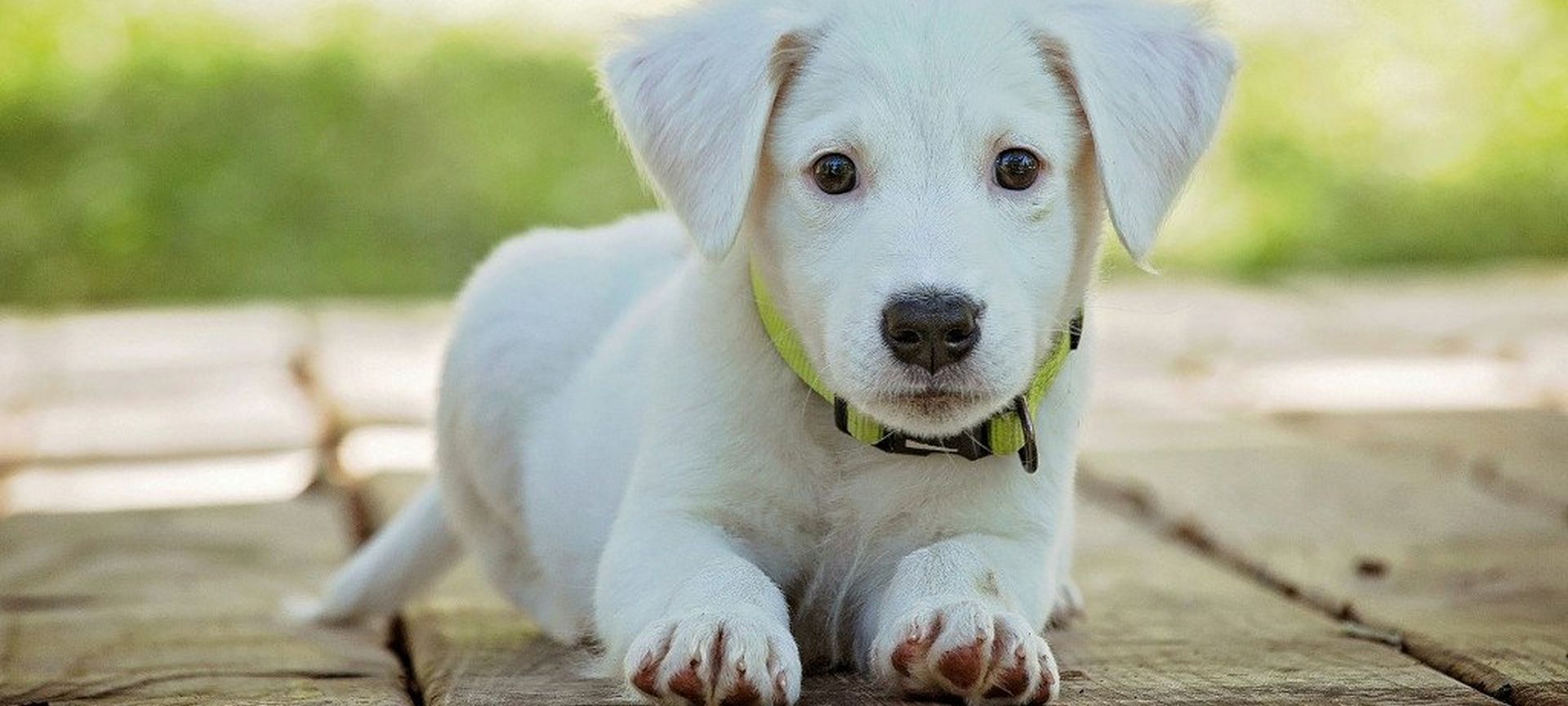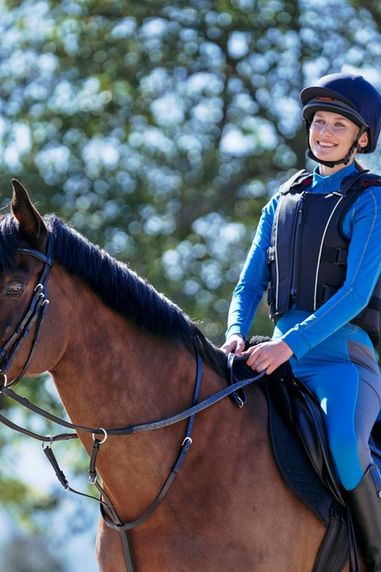
There are some things which are really important for our dogs to learn as puppies, like how to sit, lay down and stay. These basic obedience behaviours we use almost every day, helping to keep not only our dogs safe, but us too. Obedience isn’t the only reason to train our pets though, it can also be great fun, and there’s loads of health benefits too. Many tricks provide not only much needed mental stimulation, but physical too, encouraging flexibility, suppleness, strength and fitness. With this in mind, almost every dog can benefit, and it’s never too late to teach an old dog new tricks! Join us as we take a look at some top training tips, tricks that can be taught, and how this should be done.
Getting Started with Tricks
Top Training Tips
- Teaching your dog requires patience and lots of practice, it’s a learning curve for handlers too!
- Use the smallest treats you feel comfortable feeding, trick training requires lots of rewards. We’d recommend Pedigree Tasty Minis, available in Beef and Poultry or Chicken and Duck flavour.
- Have a few treats ready in your hand before you get started, you’ll need to reward correct behaviour instantly to help your dog learn. It can also be helpful to keep the packet somewhere you’re dog can’t reach it. So, why not invest in a Petface Dog Treat Bag. With plenty of zip up pockets, it’s also great for out on walks!
- While food is a really good incentive, don’t forget to give lots of verbal praise to let your dog know when they’re getting it right.
- Use simple voice commands like ‘sit’, ‘roll over’ or ‘speak’ while training, this will help them connect these with their associated action.
- If you're comfortable using a clicker, you can also introduce a click to signal a reward.
- Breaking tricks down into stages is really important. Avoid doing too much at once or trying to rush, this will only cause confusion.
- Keep training sessions short to avoid your dog losing interest and getting distracted.
- Always try to end training sessions on a positive note, even if you don’t achieve your original goal, take a step back and do something simple to finish off!
- Where appropriate, train tricks to both the left and the right side. This helps to ensure even muscle tone and flexibility.
- Never lose your temper, if your dog makes a mistake, it’s simply because they don’t understand. Remember, trick training is supposed to be fun.
The Basics
Before you get started training your dog to do advanced tricks, it’s a good idea to make sure they’ve got the basics cracked! The two most important things to teach any dog are sit and lay down. Most dogs know how to do these, but if your working with a puppy, rescue or untrained dog, they may not! Have a quick go at trying these two commands. If you or your dog are unsure, take a look at these quick video tutorials before moving on…
Top Tricks To Try With Your Dog
Roll Over
- Use the first treat to ask your dog to lay down.
- Use a second treat to encourage your dog to move their nose around towards their belly, causing them to lay flat on their side.
- With your dog on their side, bring a third treat directly up above their nose, allowing them to roll onto their back.
- When your dog is on their back, continue encouraging their head around until they’ve rolled onto their other side.
- Once your dog is able to complete these four steps, combine them together in one fluid movement.
Spin
- Hold a treat in your hand, keeping it in contact with your dogs nose (without allowing them to eat it).
- Encourage their head around towards their tail, traveling in the direction you’d like them to spin.
- Move your hand in a large circular motion, allowing your dog time to follow. Once they’ve completed a full circle, reward them with a treat.
- As your dog gets more confident, they’ll be able to do this quicker, and your gestures will become smaller. You may also wish to try multiple circles, introducing the cue to ‘chase tail’.
Play Dead
- Use the first treat to ask your dog to lay down.
- Use a second treat to encourage your dog to move their nose around towards their belly, causing them to lay flat on their side, just like when you’re teaching them to roll over.
- While doing this, use the voice cue ‘Bang, Bang’ or ‘play dead’. You may also want to use a gesture, such as ‘shooting’.
- To begin with, the second treat should be given as soon as your dog is laid down on their side.
- You can progress with this trick by asking them to ‘stay’ or ‘wait’ for a few seconds before giving the second reward. This should be a gradual progression.
Sit Pretty/Beg
- Use the first treat to ask your dog to sit.
- Take a second treat, holding it against your dogs’ nose (without allowing them to eat it).
- Raise the treat very slowly, without taking it off their nose. Continue doing this until they lift their paws up off the ground.
- Start small, as your dog becomes more confident and develops better balance, you can gradually lift the treat up until they’re sat up straight with their paws off the ground.
Older and larger dogs may struggle with this trick due to reduced mobility or increased body weight.
Leg Weaves
First things first, this trick requires the inside of your leg to be higher than the tallest part of your dog. Because of this, it can be tricky for smaller handlers and larger dog breeds. You can check that this trick is suitable before you get started by:
- Standing with your legs shoulder width apart, and your knees bent a little.
- Ask your dog to sit in front of or next to you.
- If their head is higher than the inside of your leg, do not attempt it.
- Hold a treat in your hand, so your dog knows it’s there.
- Use the treat to direct their movements, placing it in front of you, behind you and to either side.
- When your dog touches your hand with their nose, allow them to have the treat. Once your dog is happily doing this, you’re ready to progress.
- To do this, stand facing forward with your feet shoulder width apart.
- Ask your dog to sit directly in front of you, so they’re able to walk straight through. Holding a treat, place your arm behind your back, lowering your hand and holding it between your legs.
- Bring your arm back through your legs, using the treat to encourage your dog to follow.
- Once through your legs, bring your arm back around so your dog returns to standing in front of you, before giving them a treat.
- Practice this around both your left and right leg, giving plenty of treats and encouragement.
- Once your dog is able to do this easily, try following a figure of eight pattern! To do this, you’ll need to have treats in both hands, allowing you to alternate. This can be a bit tricky! You may want to practice the hand movements without your dog first, to avoid ending up in a bit of a pickle!
Bow
- Hold a treat in your hand and place it against your dogs nose (without letting them eat it).
- Move your hand back between their front legs, and down towards the ground. This should be slight at first, simply getting them to put their head between their legs is a good start.
- Slowly move the treat further back, encouraging your dog to drop down onto their elbows. This must be done gradually to prevent your dog laying down, you want them to still be stood up.
- Reward each slight improvement, it’s really easy for your dog to make a mistake with this trick. As soon as they’ve done it well, ask them to walk forward a step, before feeding the treat.
This trick can be tricky with smaller dogs, as it’s much harder to position your hands between their legs.
Jump Through A Hoop
This trick is best suited to small dogs and should be avoided for larger breeds and older animals. It’s really important for the safety and welfare of your dog that you pick a hoop much larger than they are. Avoid weighted or solid options as these could cause an injury. Always do this trick on a soft, non-slip surface to reduce the impact on your dogs joints and prevent them hurting themselves.
- Place the hoop on the ground and allow your dog to investigate. Try not to force this, it can cause some dogs to become more nervous. While this isn’t as such part of ‘trick training’ it’s vital your dog knows the hoop is nothing to be worried about before you get started. For nervous types, it’s best to offer a reward for inquisitive behaviour, it can help encourage them to be braver!
- Once your dog is happy, use a treat to encourage them to walk over the hoop, with it flat on the ground. At this stage, it’s also a good idea to ask them to sit in the hoop. This is a good way to check that it’s not too small.
- Stand the hoop upright, resting it on the floor. Encourage your dog to walk through the hoop using a treat. You might need someone to help you hold it if your dog becomes confused or requires extra reassurance.
- Lift the hoop up off the ground ever so slightly, asking your dog to walk through. At this stage, your dog shouldn’t have to jump, although they may choose to.
- As your dog becomes more comfortable, continue to gradually raise it up higher off the ground. Don’t forget though, the higher the hoop is the more physically demanding the trick will become for your dog, so don’t over do it!
There you have it, some fun tricks to try at home with your dog! You can shop our full range of products online at www.naylors.com or in-store. Don’t forget, if you make a purchase share your pictures with us in the comments or include #NaylorsSnapAndShare on your social posts for the chance to win a Naylors gift card.





